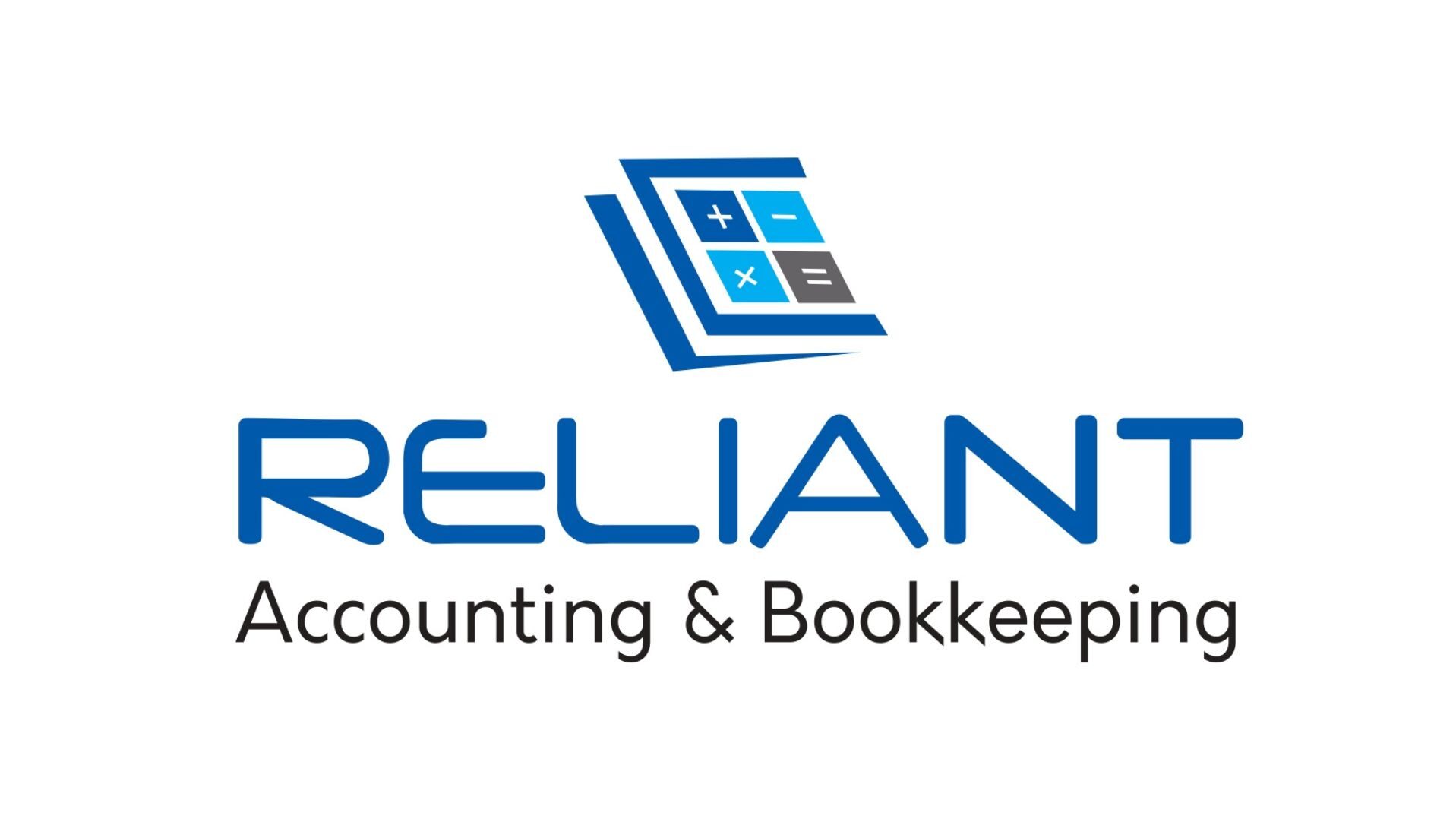Complete Business Setup: Your Step-by-Step Guide to Starting a Business Successfully
Starting a business is a dream shared by millions, but turning that dream into reality requires more than just a great idea. You need a solid plan, legal compliance, financial backing, and the right support. Whether you’re an aspiring entrepreneur or a seasoned professional, understanding the process of a complete business setup is the foundation of long-term success.
In this comprehensive guide, we will walk you through each phase of setting up a business, covering everything from planning to operations so that you can launch with confidence.
What Does “Complete Business Setup” Mean?

A complete business setup refers to the full process of launching a business from scratch, ensuring that every essential legal, financial, operational, and strategic step is covered. It’s more than just registering a company—it’s about creating a well-structured business that’s ready for growth.
The stages typically include:
-
Business planning
-
Legal registration and licensing
-
Financial setup (banking, tax, accounting)
-
Infrastructure (office, technology)
-
Compliance with local laws
-
Hiring and HR setup
-
Marketing and branding
Step 1: Planning Your Business

Every successful business starts with a clear plan. Before you jump into paperwork or financing, take time to define the core elements of your business:
1.1 Define Your Business Idea
What product or service will you offer? Is there a demand for it in your target market? Conduct market research to validate your idea.
1.2 Identify Your Business Model
Will your business be B2B, B2C, or a mix? Will you operate online, offline, or both? Common business models include:
-
Retail (physical or e-commerce)
-
Consulting or professional services
-
Manufacturing
-
Franchise
1.3 Create a Business Plan
Include sections like:
-
Executive Summary
-
Market Analysis
-
Operations Plan
-
Marketing Strategy
-
Financial Forecast
-
Funding Requirements
A strong business plan is also critical if you plan to approach investors or banks.
Step 2: Registering the Business Legally
Once your plan is in place, it’s time to make your business official.
2.1 Choose a Legal Structure
Your structure affects taxation, liability, and growth flexibility. Common types include:
-
Sole Proprietorship
-
Partnership
-
Limited Liability Company (LLC)
-
Corporation
2.2 Register Your Business Name
Choose a unique and brandable business name. Conduct a name availability check with your local government or business registry.
2.3 Obtain Licenses and Permits
Depending on your location and industry, you may need:
-
Trade License
-
Health and Safety Permits
-
Zoning Approvals
-
Professional Certifications
Make sure to consult local authorities or business setup consultants to avoid penalties.
Step 3: Setting Up Financial Infrastructure

Proper financial setup is key to managing your business effectively and ensuring compliance with tax laws.
3.1 Open a Business Bank Account
Separate your personal and business finances. Choose a bank that offers digital banking, business credit cards, and low fees.
3.2 Accounting and Bookkeeping
Set up an accounting system to track:
-
Expenses and income
-
Payroll
-
Tax filings
-
Financial statements
You may use software like QuickBooks, Xero, or work with an accountant or bookkeeping firm.
3.3 VAT and Tax Registration
In countries like the UAE, VAT registration is mandatory once your revenue exceeds a threshold. Complying with tax regulations from day one avoids legal issues later.
Step 4: Setting Up Office and Operations
Your infrastructure depends on your business type. This may include:
4.1 Physical Office or Virtual Space
Choose between:
-
Office leasing
-
Co-working space
-
Virtual office (common for online businesses)
4.2 Technology and Systems
Invest in the right tools and platforms for:
-
Communication (Zoom, Slack)
-
Project management (Trello, Asana)
-
Inventory (if applicable)
-
CRM systems (HubSpot, Zoho)
Step 5: Legal Compliance and Insurance
Ensure your company is fully compliant with all local laws and protected from liability.
5.1 Business Insurance
Consider insurance for:
-
Public liability
-
Employee health
-
Property and equipment
-
Professional indemnity
5.2 Employment Regulations
If hiring employees:
-
Draft employment contracts
-
Register for employee health benefits
-
Comply with labor laws and minimum wage requirements
Step 6: Hiring the Right Team
Your staff is the backbone of your business.
6.1 Recruitment
Decide whether to hire in-house, outsource, or use freelancers. Use platforms like LinkedIn, Indeed, or local agencies.
6.2 HR Systems
Set up processes for:
-
Payroll
-
Attendance
-
Performance evaluations
-
Employee training
Step 7: Branding and Marketing
No matter how good your product or service is, customers won’t find you unless you market effectively.
7.1 Create a Brand Identity
Develop a consistent visual identity:
-
Logo
-
Brand colors and fonts
-
Business cards
-
Website design
7.2 Build an Online Presence
Establish:
-
Professional website with contact form
-
Social media profiles
-
Google Business profile
7.3 Marketing Strategies
Use a mix of:
-
SEO (Search Engine Optimization)
-
PPC (Pay-Per-Click Ads)
-
Email marketing
-
Content marketing
-
Influencer partnerships (if relevant)
Step 8: Ongoing Management and Growth
Starting is just the beginning. Sustaining and scaling your business requires ongoing effort.
8.1 Monitor Financial Health
Review monthly reports, cash flow, and profit margins regularly. Update your financial strategy as needed.
8.2 Customer Feedback and Improvement
Listen to customers and make changes that enhance service, product quality, and user experience.
8.3 Expand Smartly
Once stable, consider:
-
New markets
-
New products/services
-
Partnerships
-
Franchise or investment opportunities
Final Thoughts
Launching a business can feel overwhelming, but a complete business setup approach helps reduce risks and set a strong foundation for success. Each step matters—from legal compliance and financial setup to branding and customer service. Partnering with professionals like accountants, legal advisors, or business consultants can save you time and help you avoid costly mistakes.
Whether you’re starting locally or aiming to go global, having all your business setup processes aligned is the difference between just starting and truly succeeding.



